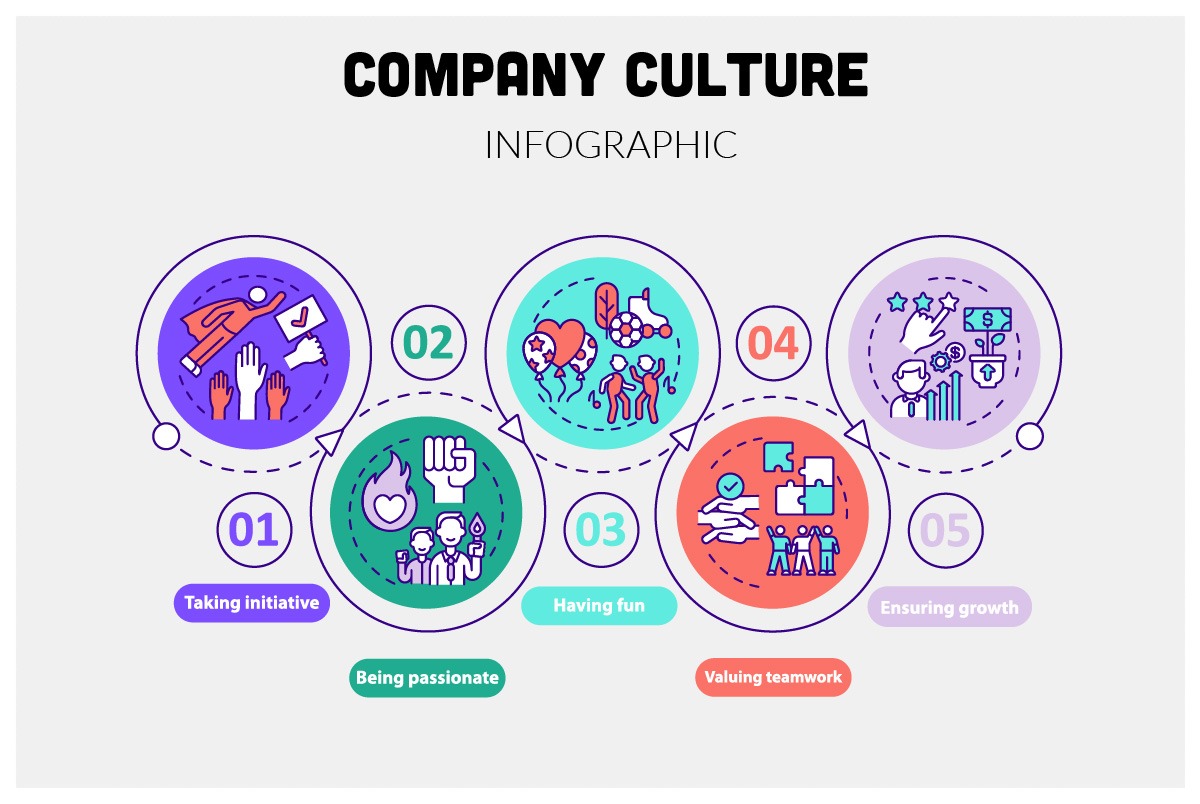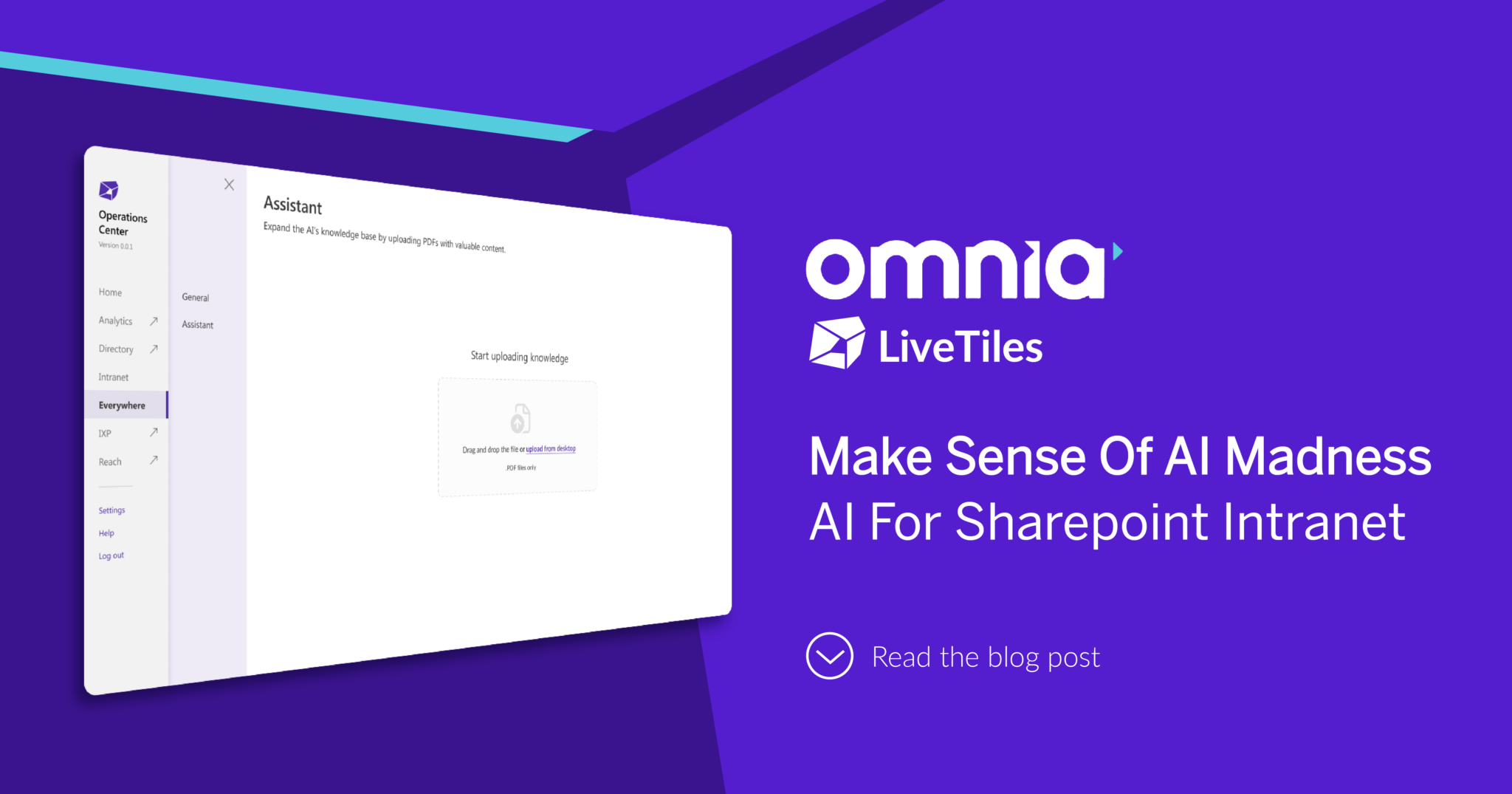Return to the Office Internal Communications Guide
The following article offers practical tips for HR teams to ease the return of their staff to the office post-COVID through effective internal communications strategies. You can read related articles covering other timely topics such as the Digital Workplace and Employee Engagement.
We’ve all experienced significant changes to the way we live and work, thanks to the COVID-19 pandemic that has wreaked havoc across the world these past 18 months. Despite decades of talk within HR circles espousing the ideals of flexible work, the sudden imposition of lockdowns and work from home orders by governments in countless countries from early 2020 has made what was once an academic ideal a lived reality for millions.
18 months on, rapid vaccine rollouts are thankfully taming the pandemic in many nations and our societies are gradually reopening to in person gatherings, including a belated return to the office for many workers. We know nothing can replace face-to-face contact for fostering a strong company culture and encouraging collaboration and innovative ideas from those impromptu ‘water cooler conversations’ with colleagues.
However, many people have grown quite comfortable working from home and some naturally are anxious about leaving the comfort of their kitchen table for a traditional office-bound desk. That’s why effective internal communications are more important than ever, to welcome staff back to an office they may not have seen for well over a year and ease their transition into what will likely be a long-term hybrid workplace model.

New Normal: The Hybrid Workplace is here to stay
Like many trends that were lingering in the background before COVID-19 disrupted our lives with great force in 2020, a decade of change in how we work was compressed into just a few short months by sheer necessity. Remote work suddenly became the norm and digital transformation for many organisations was accelerated as they embraced powerful tools like company intranets and integrated collaboration platforms such as Microsoft 365, necessary to enable their staff to work from anywhere at anytime.
As offices reopen, flexibility will remain a key expectation of employees, and the future of work is looking very likely to be a hybrid workplace model that combines a few days a week in the office, balanced by a few days working from home. Current research all points towards this strong preference for flexibility amongst workers, including a Microsoft Work Trend Index study that found over 70% want hybrid work practices to continue, whilst at the same time 65% are craving face-to-face contact with their colleagues once again. This is especially true for younger workers who are more likely to live alone, feel isolated by constant remote work and are in the delicate process of establishing their careers.
Conversely, the same Microsoft study highlighted the fact 41% of workers are considering changing employers within the next 12 months, whilst a separate US study by Nielsen in August 2020 found a substantial 80% would prefer to work for a company that embraces flexibility.
The message for employers is clear – offering your staff flexible work options isn’t just a ‘nice to have’ but a real competitive advantage in the ongoing war for talent.

5 Practical Tips for Smoothing the Return to Office
So, what practical steps can you take to help your employees return to the office (even just a day or two a week) and successfully implement a hybrid workplace model that will make your organisation an attractive and productive place to work for years to come? Like many HR challenges – clear and effective internal communication is key. On that note, our LiveTiles Communications team has put together five practical tips to make this crucial transition as smooth as possible.
1. Offer your employees a warm welcome back!
After many months, and in some cases well over a year working from home, there’s quite a few employees who are eager to ditch their tracksuit pants and embrace a much-needed change of scenery by returning to the office! Whilst a small group (15% according to a recent Australian study) would prefer to remain WFH forever, compared to a slightly larger cohort (26%) who’d like to be in the office 9-5, 5/days a week – the vast majority of people fall into the middle and are ready to recommence their daily commute at least a few days per week.

What better way to make this experience a rewarding one than to offer all your staff an official ‘welcome back’ pack? This could include a dedicated intranet hub (ideally linked from your intranet’s homepage) with a welcome back message from your company’s leaders (video is best for building an emotional connection), FAQs and all the practical information they need to know to make this transition work. You might also consider going the extra mile and having managers leave handwritten “welcome back”/”we’ve missed you” notes on their team members’ desks. After all, getting back into the office is all about strengthening those human relationships and the sense of camaraderie we have with our colleagues. 😊
- 15% of staff would prefer permanently working from home
- 26% prefer permanently working from the office
- Most fall in the middle, preferring a hybrid workplace model
- Offer staff a ‘welcome back’ pack to make their return to office extra special
- This could include a dedicated return to office intranet hub with:
- Message from company leaders
- FAQs
- Other relevant info
- Managers should also consider leaving handwritten letters on their team members’ desks
2. Address their concerns: Employee wellbeing is king!
Given the supremely challenging times we’ve all lived through and in many countries are continuing to live through thanks to COVID-19, paying close attention to employee wellbeing (both physical and mental) and ensuring clear strategies are in place to deal with feelings of isolation and burnout are vital in this new normal.
This is where the benefit of clear internal communications can empower an HR team to help its people. From providing a central intranet hub that answers FAQs (to reduce uncertainty, a leading cause of stress), an anonymous feedback function where employees can submit their concerns surrounding returning to the office directly to HR, and widely promoting your company’s online Employee Assistance Program (EAP), all these tools can ease the anxiety many people may be feeling and help them form healthy habits to combat stress.

Don’t overlook the importance of regular communication both within and across your organisation either. Whether that be regular meetings at set times for small functional teams that work closely together or a whole of office get-together (both in person and simultaneously streamed online) where company updates can be made, laughter can be shared, and issues raised with leaders in a safe environment – all these interactions are vital for forming those solid person-to-person connections that make an individual feel like they belong to a bigger team. It will also make the prospect of returning to the office to be amongst those friendly faces all the more exciting!
- Employee physical and mental wellbeing has never been more important given the challenges of COVID-19
- Intranet hubs that answer return to office FAQs with in-built feedback functions are a great tool for easing employee anxiety
- Employee Assistance Programs (EAPs) are another great tool to promote
- Functional team and all of office meetings are also great ways to form solid bonds within an organisation and make people feel part of a bigger team

3. Amplify your company culture
A company’s culture – its shared values, attributes and characteristics – is the very glue that holds it together, especially in challenging times like those we’re currently living through. Company culture (often used interchangeably with ‘organisational culture’) has traditionally been formed in an office environment and built up over time through consistent face-to-face interactions and internal rituals, such as a casual office Friday morning tea.
When COVID-19 and forced remote work put an abrupt halt to these vital face-to-face interactions, powerful digital workplace technology like LiveTiles Reach stepped into the void, keeping people within organisations connected to each other and preserving that precious company culture that can take years to build. The challenges of 2020 were also, crucially, a shared experience, one that revealed our vulnerabilities and resilience, bringing many organisations even closer together as a result.

Building upon this sense of solidarity and amplifying your company’s existing cultural attributes is another key task facing HR teams as workers return to the office; one that can be achieved through simple but meaningful actions. From encouraging managers to leave “welcome back” cards on the desks of their team members, to hosting those regular catch-ups that helped get you through months of lockdown both online yet also in person again, these little things can help further strengthen those bonds that have just withstood one of the greatest disruptions of our lifetime.
- A company’s culture are its shared values, attributes and characteristics
- Company culture is built over time through face-to-face interaction
- Digital workplace technology preserved company culture throughout 2020
- Small yet meaningful actions, such as “welcome back” cards for staff and hosting team catch-ups in person again are great ways to build upon company culture as staff return to the office

4. Maintain flexible work arrangements
One of 2020’s key lessons is the fact that flexible work arrangements actually work. Not only was productivity maintained across many organisations throughout the long months of lockdown and mass remote work, in many cases it actually improved, especially for knowledge workers according to the Harvard Business Review study. Other studies including from the BBC and Bloomberg place these productivity gains – from less time wasted commuting to fewer distractions from chatty co-workers – anywhere between 5-13%.
Given how successful this forced experiment was and the employee gains it unlocked (notwithstanding the feelings of isolation and loneliness many felt), it’s no surprise many workers are eager to still work at least a few days a week from the comfort of their own home.

A clear role for effective internal communications in this context lies in managing employee expectations around the hybrid workplace arrangements your organisation has in place, including any designated ‘team days’ when they’re expected to be working from the office and also the regular working hours in which they’re expected to be available. These more granular level discussions are best communicated by team managers one-on-one and can be supported by an intranet hub that outlines your organisation’s broader hybrid work policy in clear language.
- 2020 proved that flexible work arrangements are effective
- As employees return to the office, a majority would like to still work from home a few days/week
- Internal communications need to manage employee expectations around hybrid working arrangements and outline HR policy clearly
- A key role for managers to have direct discussions with team members one-on-one about days in the office and working hours expectations

5. Communicate with authenticity and consistency
One of the silver linings from the great remote work experiment of the past 18 months is how it’s helped bring the individuals within many organisations closer together despite being physically apart, a direct result of our shared experience living through uniquely challenging times. It’s also, depending on your views, effectively “humanised” leaders and C-Suite executives who’ve also been stuck at home with pets, background domestic noises and kitchen dishes colouring their video calls, just like the rest of us.
Harnessing this authenticity, especially in messages from leaders to their workforce as staff return to the office is a powerful tool for maintaining that sense of camaraderie many organisations fostered throughout the long months of working from home. On that note, videos from managers and senior leaders welcoming staff back to their physical premises and explaining how hybrid workplace arrangements will function don’t need sleek production values to be effective. What really matters is the message itself and whether it’s shot on a smartphone or otherwise, an authentic, clear, and informative message will not only resonate more strongly at an emotional level, it will also help address employee concerns and create a dialogue that can change perceptions and behaviour.
- Remote work has helped humanise leaders and C-Suites executive, as we’ve realised they’re not all that different from us
- Harnessing this authenticity is a powerful tool for addressing employee concerns and creating positive dialogue in internal communications around returning to the office

The forced experiment of moving to remote work en masse in early 2020 was more successful than many organisations expected, thanks to powerful digital workplace technology that allowed us to work productively from home whilst keeping us seamlessly in contact with our colleagues and company culture through many months in lockdown. Now, as our societies reopen and workers belatedly return to the office, effective, authentic internal communications from C-Suite leaders down to functional team managers are a powerful tool to maintain a sense of camaraderie, address employee concerns and ultimately help organisations effectively transition to a hybrid workplace model.
Want to learn more about enhancing employee engagement and managing your business’s transition to a hybrid workplace? Get in touch with our LiveTiles team today!








